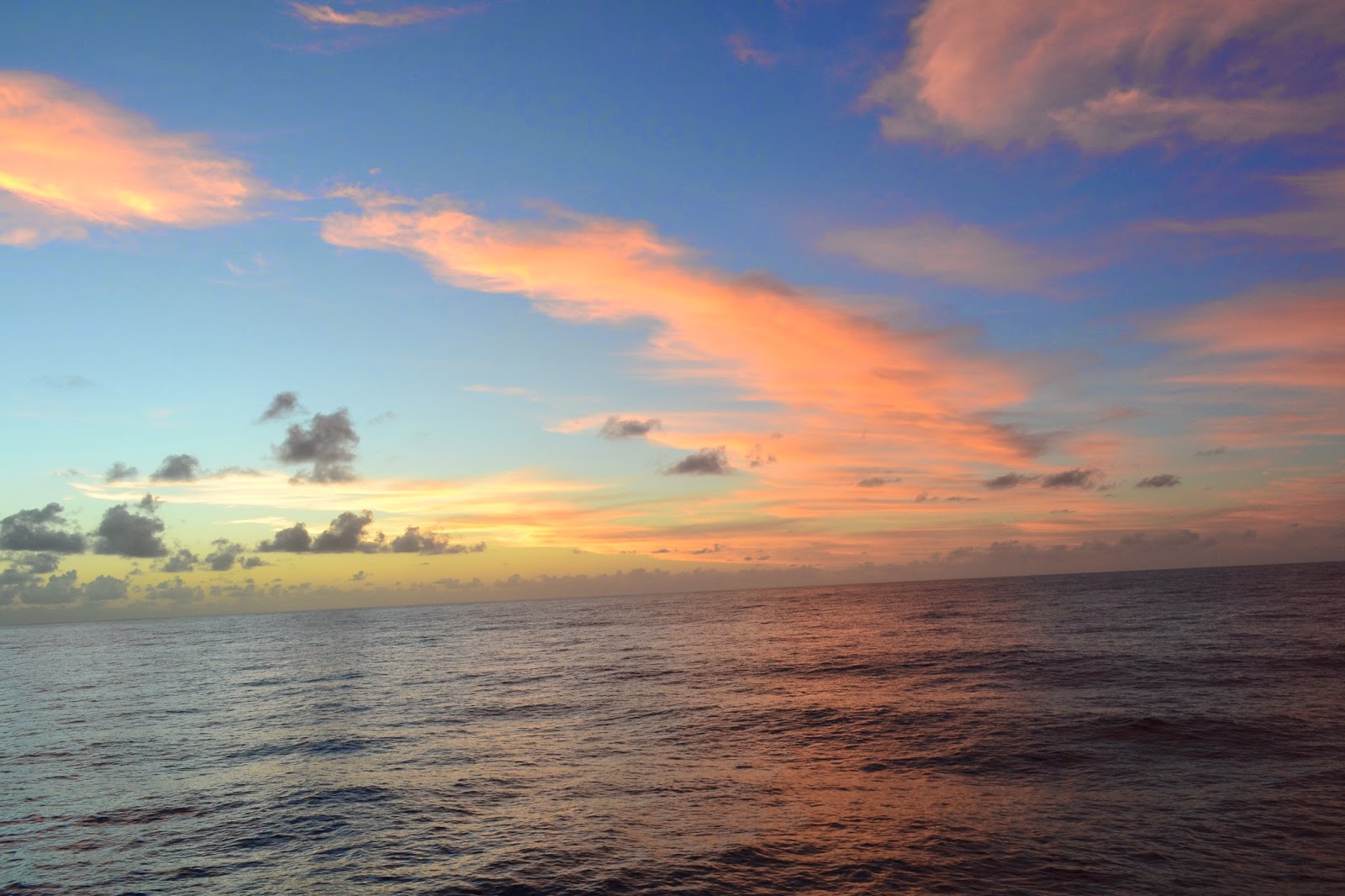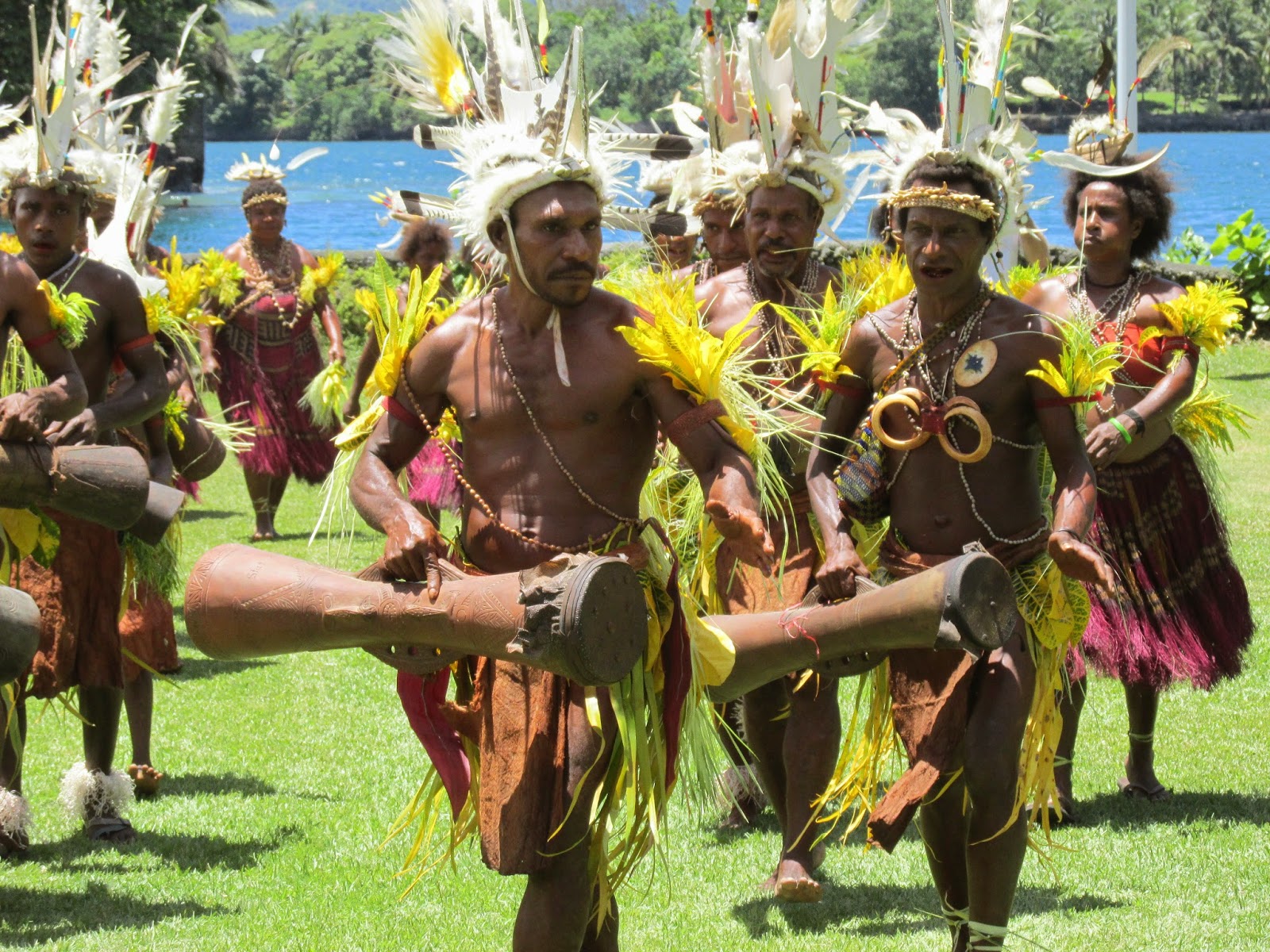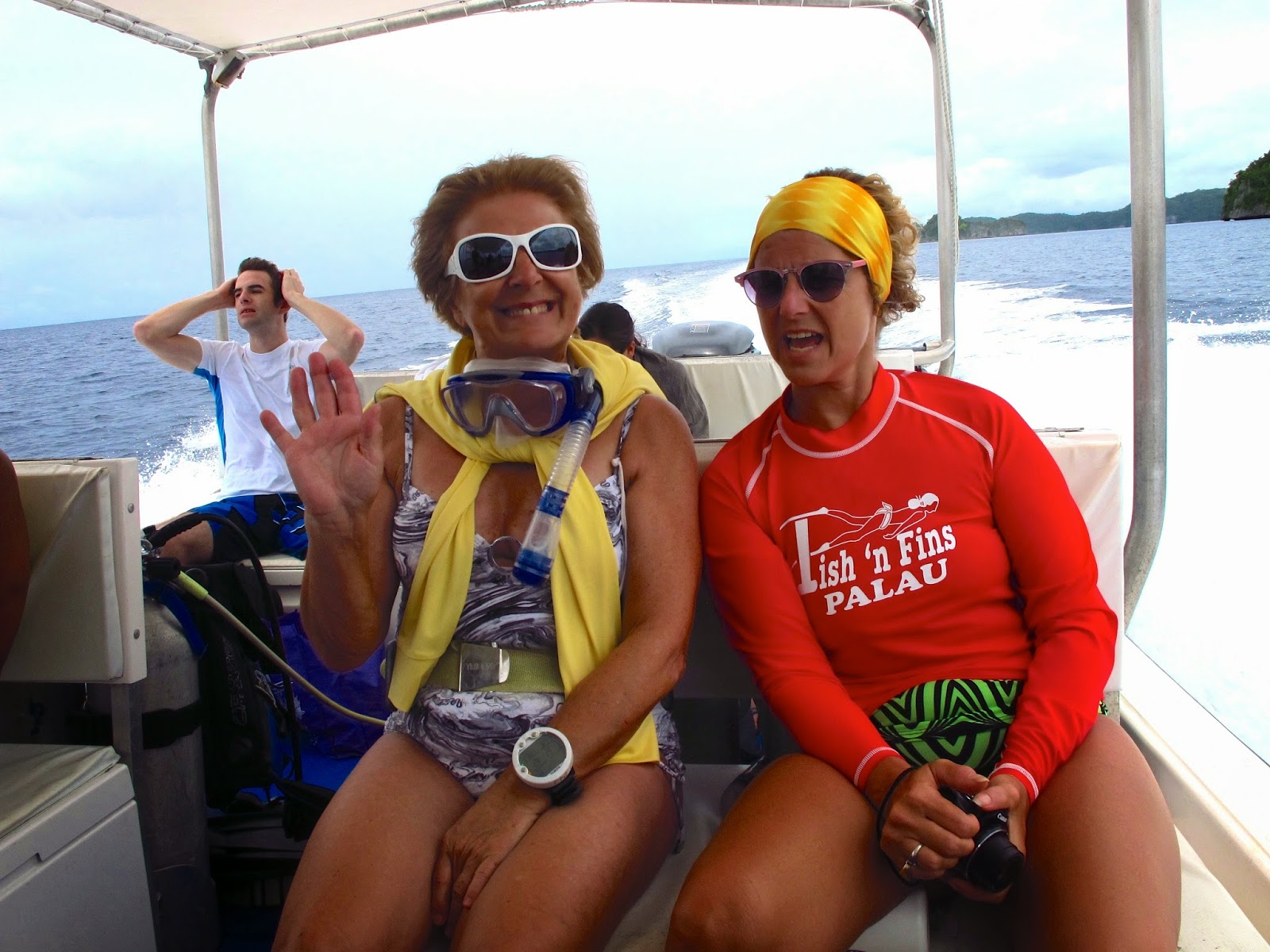PAPUA NEW GUINEA AND PALAU in the Australian continent
comprising mainland
Australia,
Tasmania, New Guinea, Seram,
possibly Timor, and neighbouring islands.
The continent
is sometimes known in technical contexts by the names: Sahul, Australinea or Meganesia,
to distinguish it from the Australian mainland.
So, we sailed to Papua New Guinea (still in the Australian continent).
New Guinea composed of 600 islands became Papua New Guinea in
1975. On the south eastern peninsula of
the PNG mainland lies Milne Bay Province; 16,000 km of mountainous coastal land
and is the gateway to PNG. 200,000
people live here. Alotau is a small coastal
village that we visited. Alotau is undoubtedly one of the most laid-back, secure and enjoyable towns in
Papua New Guinea. It was the site of the WWII battle
of Milne Bay, the 1st defeat in the Pacific War (August 1942)
suffered by the Japanese army at the expense of mostly Australian but some
American troops.
We visited the village
market, many interesting forms of fruits and vegetables. One of which is
The temperature reached 98◦F and we returned to the boat after discovering other fruits and vegetable sold in the open market.


A couple of intersting signs about the business and the recommendation to avoid AIDS


Betel nut is one of the most-used addictive
substances in the world, with an estimated ...of use, betel nut chewers will notice
their teeth and gums turning orange
Gather the ingredients needed to chew
betel nut. You will need the green betel nut (buai), a jar or bag
of lime powder (kambang) and a bean-like green called mustard (daka). These can
be bought on any street corner .The temperature reached 98◦F and we returned to the boat after discovering other fruits and vegetable sold in the open market.


A couple of intersting signs about the business and the recommendation to avoid AIDS
Back on the boat, ready to celebrate Valentine's.
in the special restaurant : Relais & Chateau with our friends
and finish a great meal with crepes suzette.
The next day we arrived at the city of Madang, called the
“prettiest town” in the South Pacific.
The eastern half of the island of Papua New Guinea’, second largest
island in the world, was divided between Germany (North) and Britain
(South). The south was transferred to Australia
in 1902 and the north taken over in WWI.
This continued until independence in 1975. A secessionist
Revolt on the island of Bougainville ended in 1997 with 20,000 dead.
The people from Madang can be broken into 4 distinct groups,
islanders, coastal people, rural and mountain people.
After Anči finished her dive on a B-25 bomber
from WWII and Jost took a beautiful boat trip around the island, we spent our
time at a beautiful resort. We were entertained by all the groups with fabulous
dancing. These were mostly high school
and college students with fabulous costumes and make up. A local type barbeque followed. And we were told not to worry about the cannibals in Papua new Guinea although, Cannibalism and Head Hunting is still happening in the remote areas of Papua New Guinea.

Our next destination: Koror in Palau,
one of the 7 smallest nations in the world. These small islands have been inhabited as
early as 2500 BC
from: http://www.infoplease.com/country/palau.html
Explored by the Spanish
navigator Ruy López de Villalobos in 1543, the islands remained under nominal
Spanish ownership for more than 300 years before Spain sold them to Germany in
1899. Japan occupied Palau during World War I and received a mandate over them
from the League of Nations in 1920. They remained in Japanese control and
served as an important naval base until the U.S. seized them during World War
II. After the war, the islands became a UN trusteeship (1947), administered by
the U.S. Palau signed a Compact of Free Association with the U.S. in 1992,
requiring the United States to provide economic aid in exchange for the right
to build and maintain U.S. military facilities in Palau. Palau became a sovereign
state in 1994.with the signing of the Compact of Free has association with the USA.
It was a calm day for us as Anči
went Scuba Diving. The group chose a not too difficult spot, diving in Palau is
demanding due to strong currents. Sharks, turtles, plenty of fish and the
healthiest corals Anči has seen in years.

Jost went to the beach, also
beautiful reef and snorkeled.
while some of our friends went snorkeling in the Jelly fish lake :
http://en.wikipedia.org/wiki/Jellyfish_Lake
We left his lovely small modern
country to sail for the city of Manila, the capital of the Philippines.
And that will be our next blog, soon.



























































